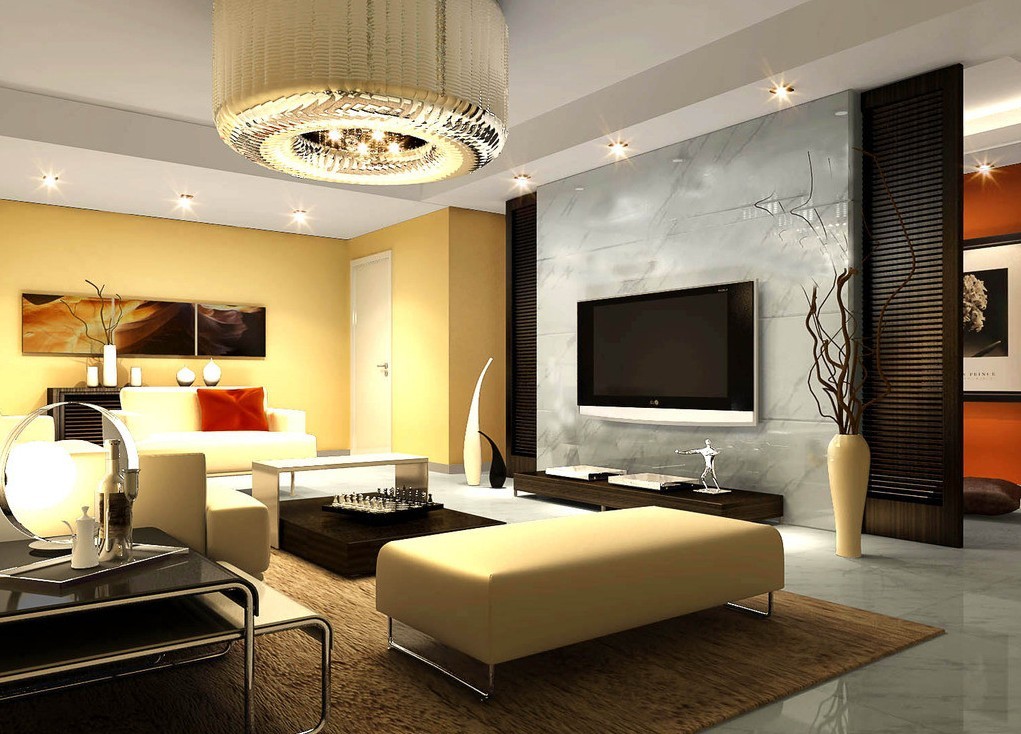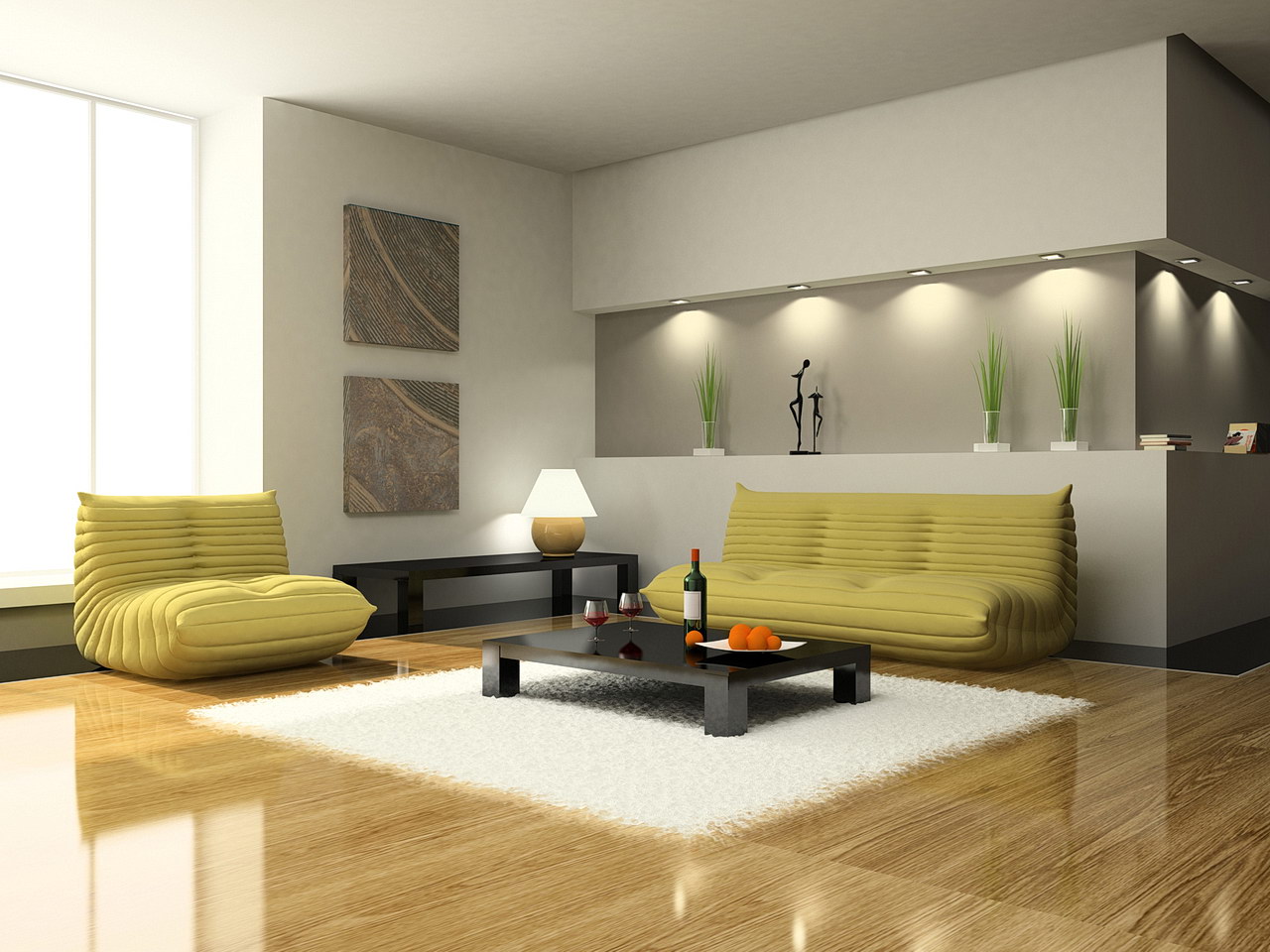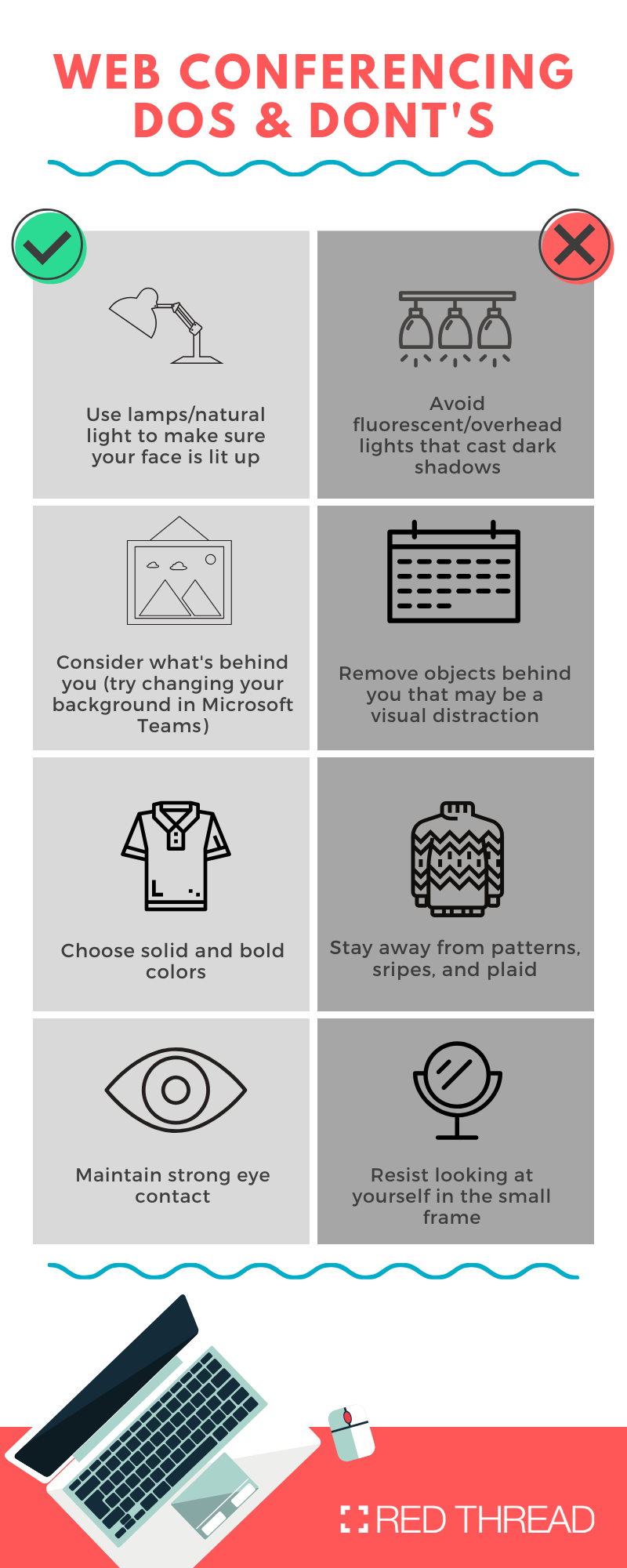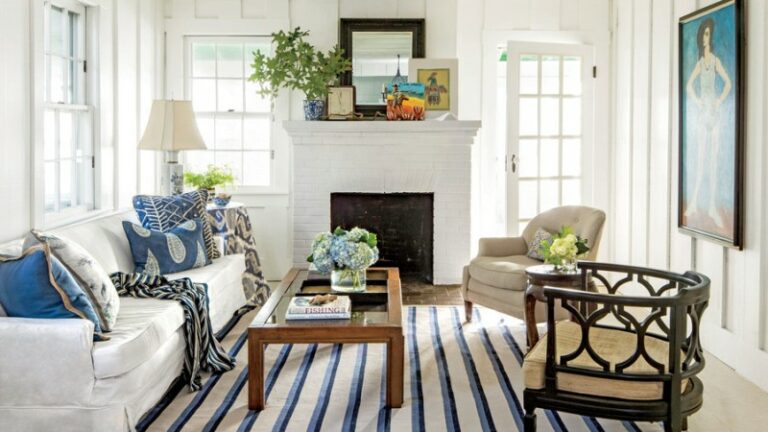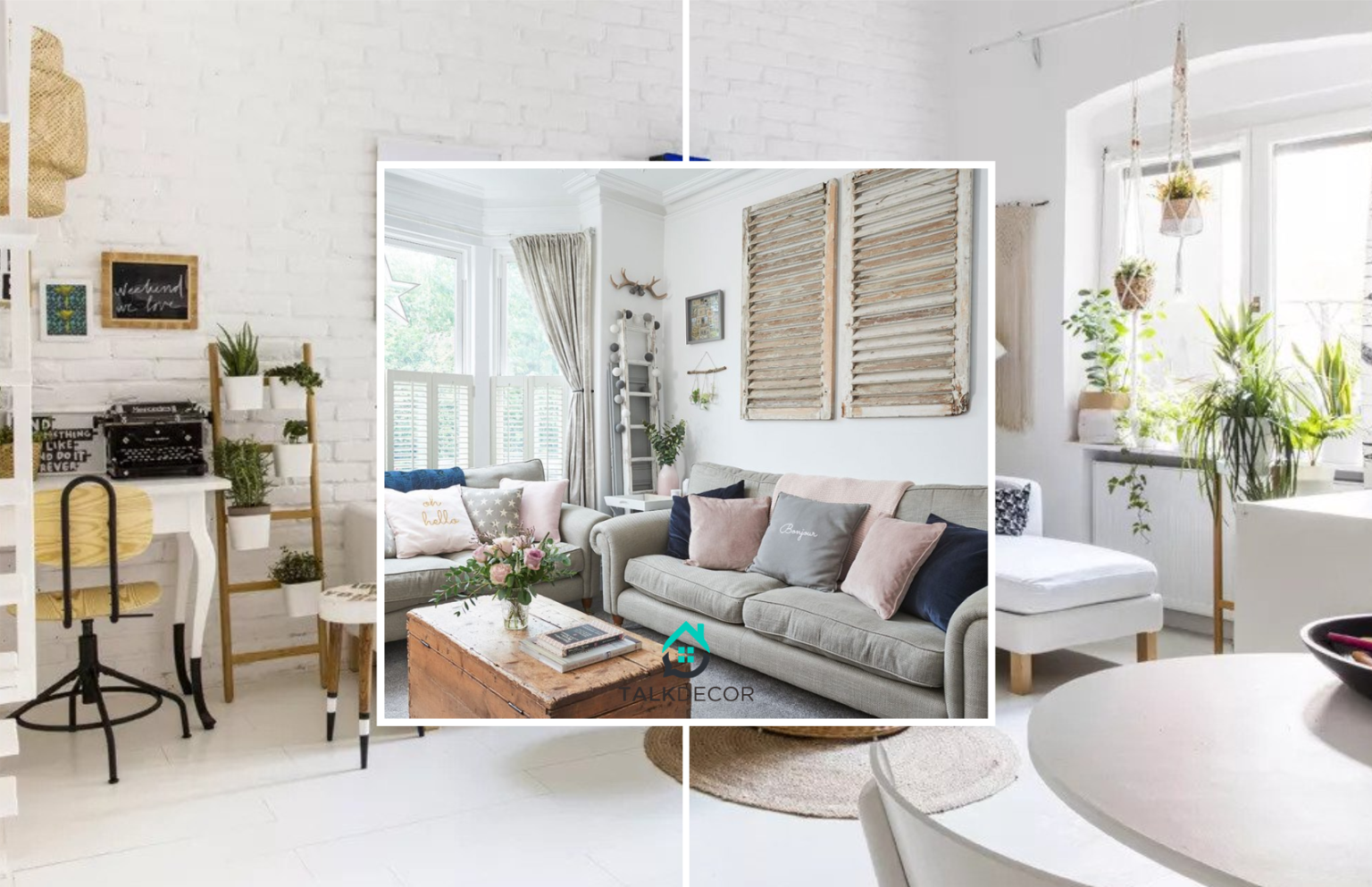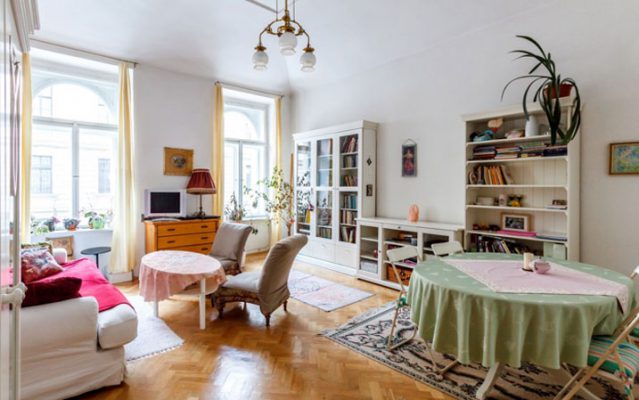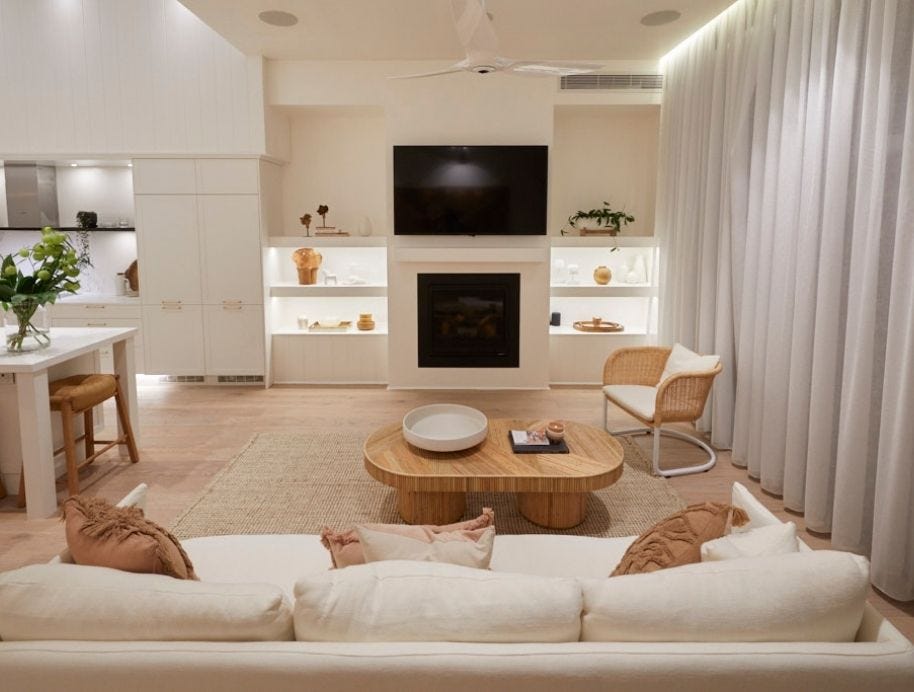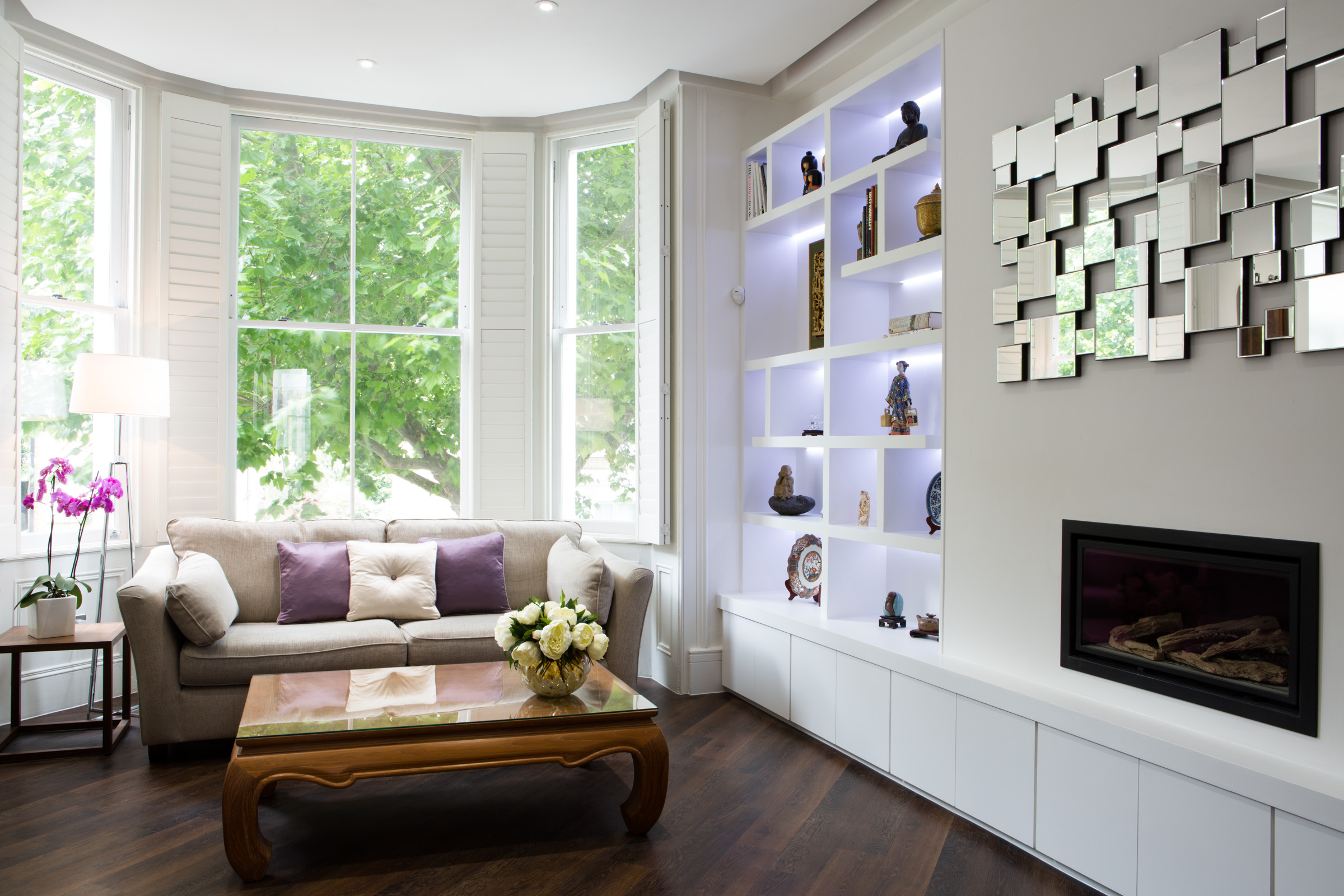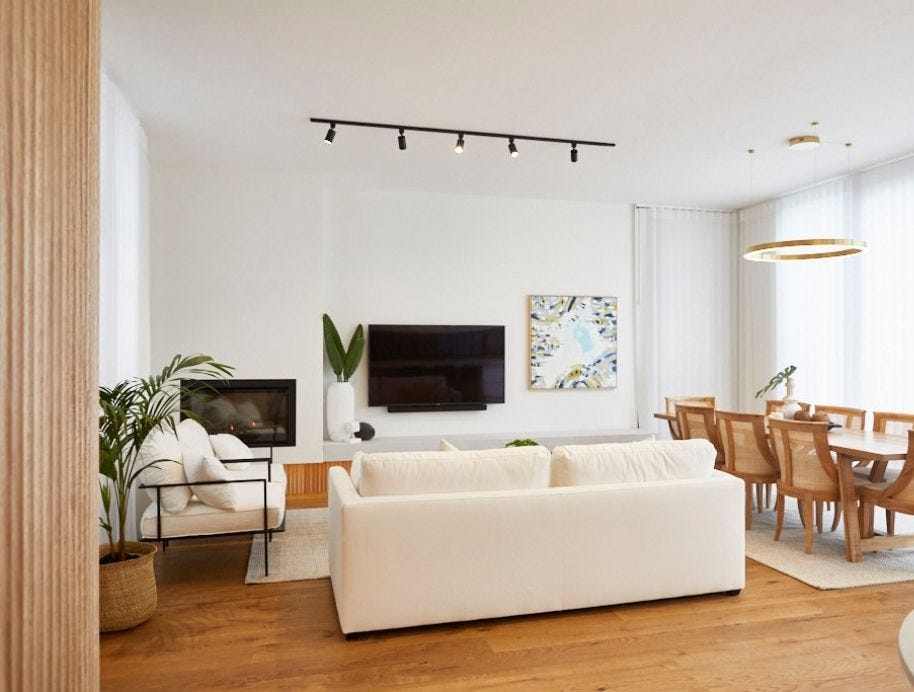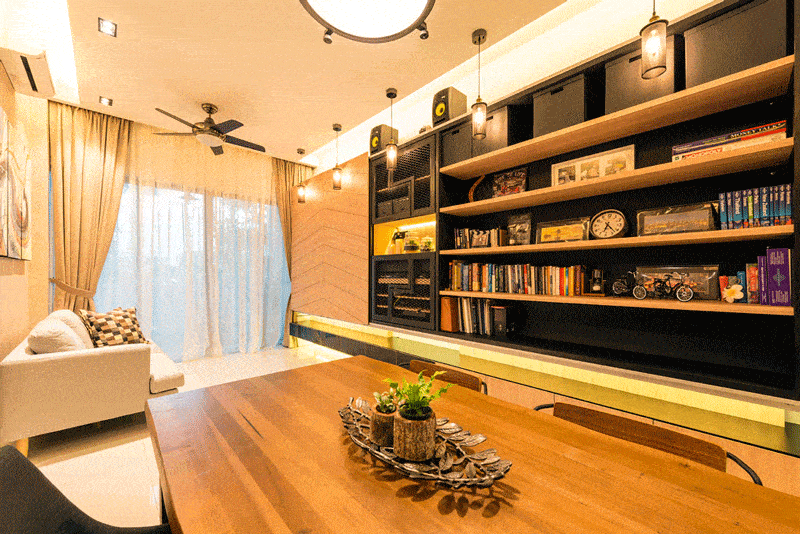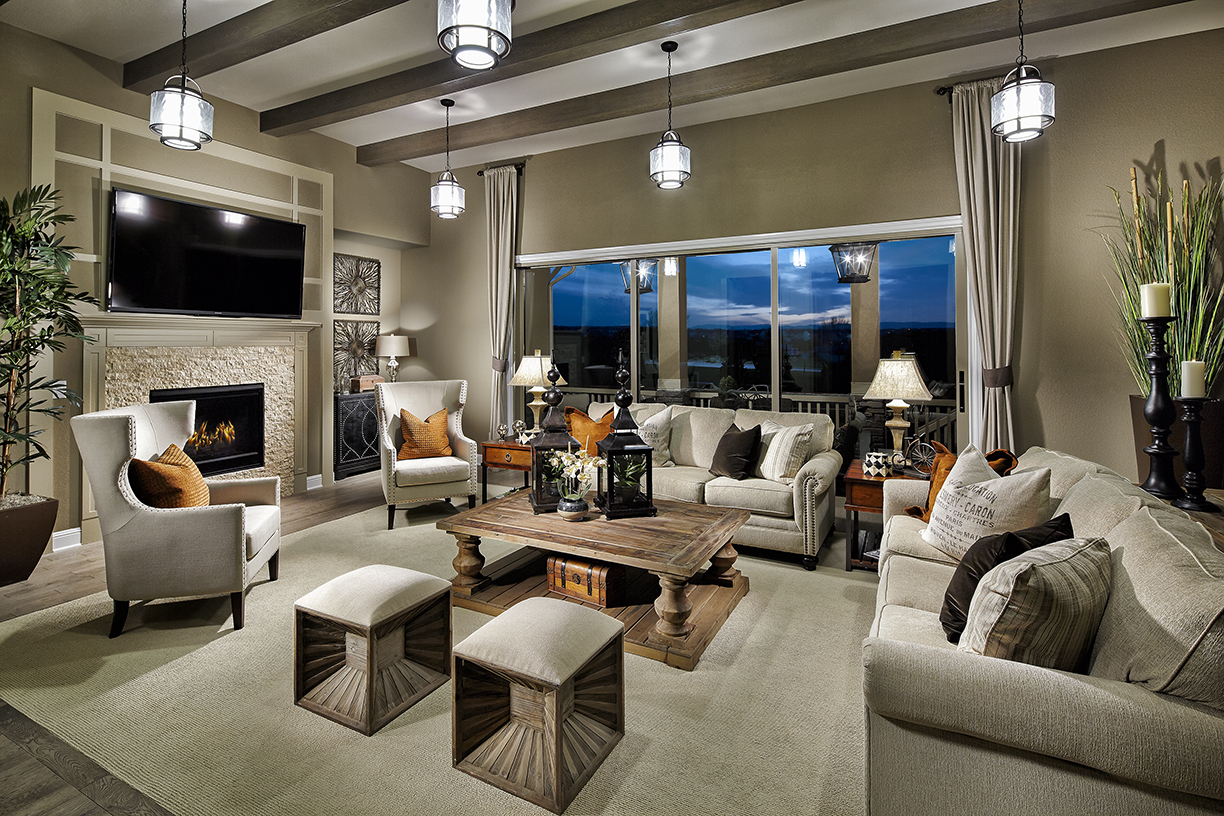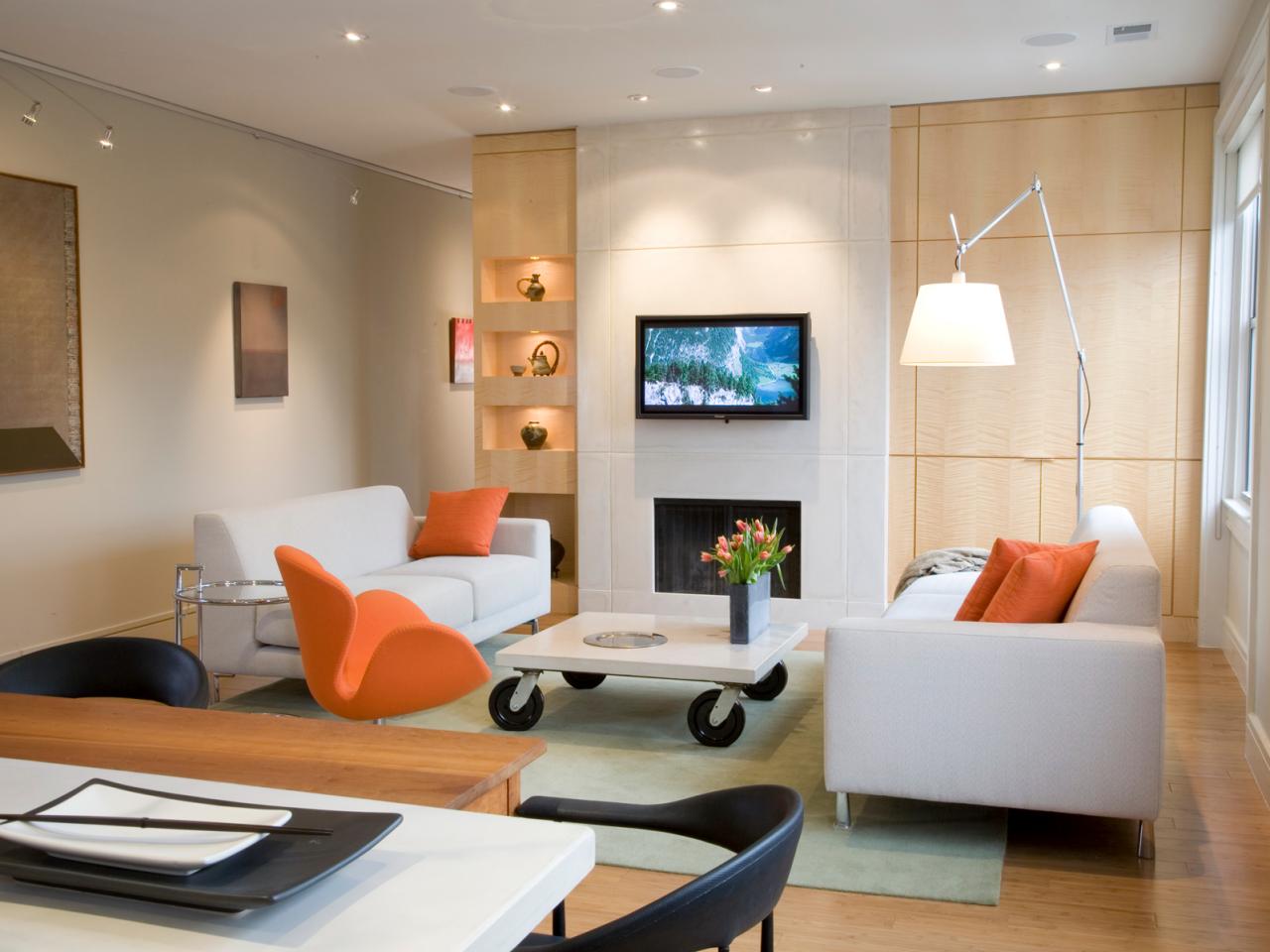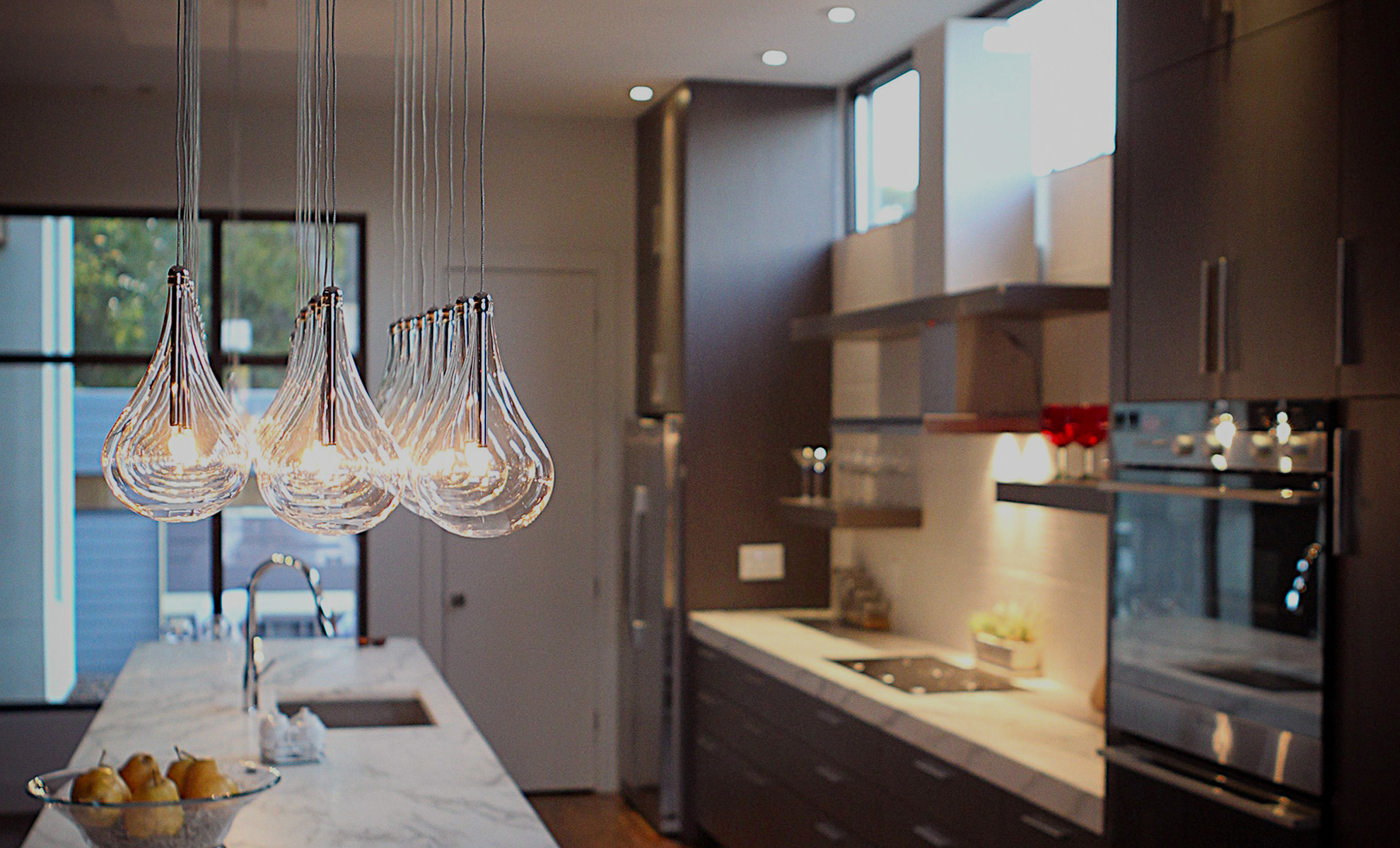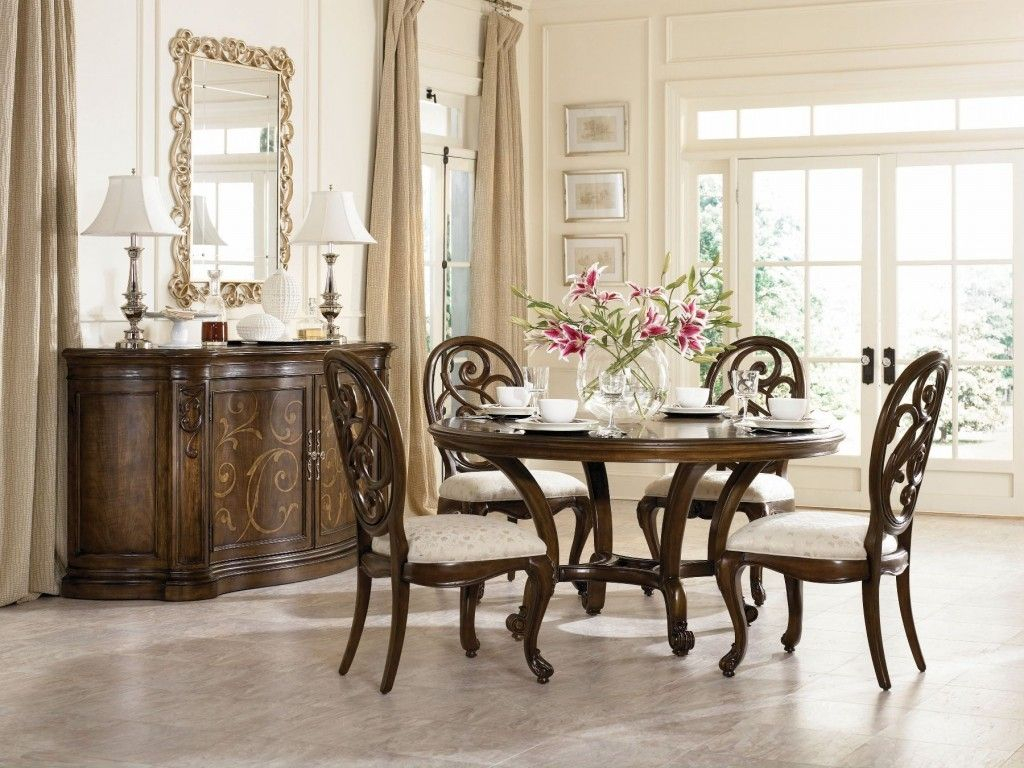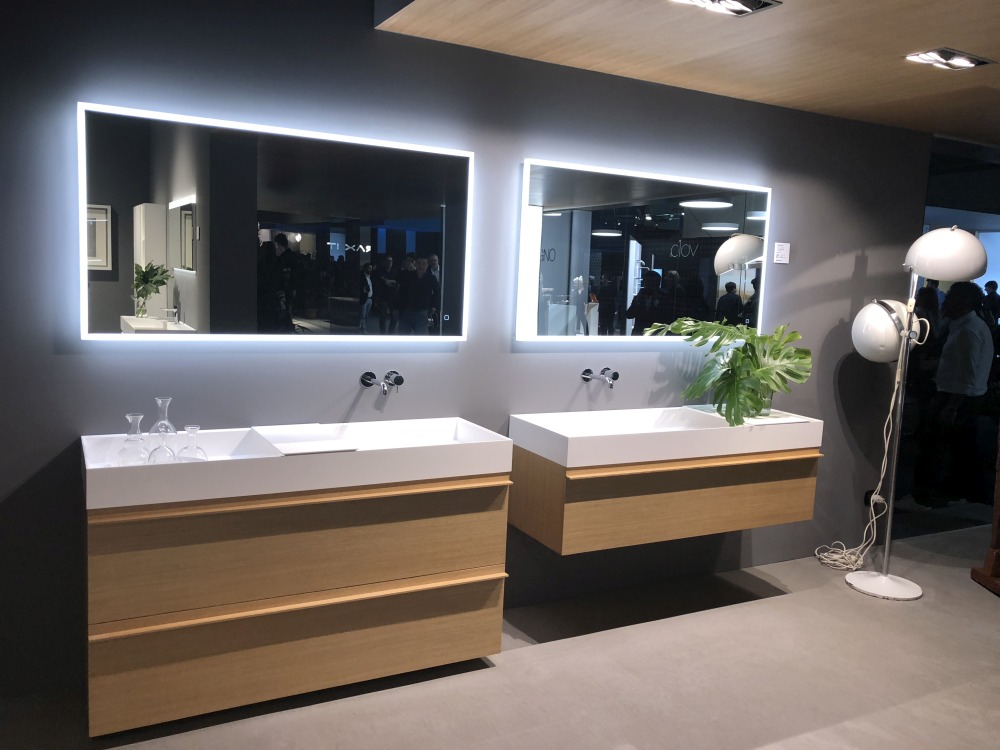When it comes to designing your living room, lighting is a crucial element that often gets overlooked. Not only does it provide necessary illumination, but it also sets the mood and adds a touch of style to your space. To help you achieve the perfect balance of functionality and aesthetics, we've put together this comprehensive living room lighting guide. From tips and ideas to inspiration and design principles, we've got you covered. So, let's dive in and discover how to transform your living room with the right lighting.1. Living Room Lighting Guide: Tips, Ideas, and Inspiration
The first step in creating a well-lit living room is understanding the different types of lighting available. Ambient lighting provides overall illumination for the room and can come from sources such as ceiling lights, chandeliers, or recessed lighting. Task lighting is focused on a specific area and is ideal for activities like reading or working. Accent lighting adds depth and dimension to your space by highlighting artwork or architectural features. To achieve a balanced look, it's essential to incorporate all three types of lighting in your living room. Consider the purpose of each area and choose the appropriate lighting to enhance its function.2. How to Choose the Right Lighting for Your Living Room
Now that you have a basic understanding of the different types of lighting, let's delve into the specific elements you should consider when designing your living room's lighting. The first thing to think about is the size of your room. Larger rooms may require more light sources, while smaller rooms can be adequately lit with fewer fixtures. The height of your ceiling is also a crucial factor. High ceilings can accommodate taller light fixtures, while low ceilings may require flush-mounted options. Additionally, consider the style of your living room and choose lighting that complements it. For a modern space, clean-lined fixtures work well, while traditional rooms can benefit from more ornate pieces.3. The Ultimate Guide to Living Room Lighting
No matter what your style is, there are countless lighting options to choose from. For a minimalist living room, consider sleek and simple fixtures such as track lighting or recessed lights. Rustic spaces can benefit from warm and cozy lighting, such as pendant lights with exposed bulbs or vintage-inspired chandeliers. If your living room has a contemporary feel, opt for statement lighting pieces, such as sculptural floor lamps or oversized pendants. For a traditional space, consider classic fixtures like crystal chandeliers or wall sconces with fabric shades.4. Living Room Lighting Ideas for Every Style
Designing a well-lit living room can seem daunting, but it doesn't have to be. Start by choosing a focal point in the room, such as a fireplace or a piece of artwork, and use lighting to highlight it. Then, layer your lighting by incorporating a mix of ambient, task, and accent lights. Consider the placement of your fixtures and how they will affect the overall feel of the room. For example, recessed lights can create a cozy atmosphere, while pendant lights can add drama and visual interest. Don't be afraid to mix and match different types of lighting to achieve the perfect balance.5. A Beginner's Guide to Living Room Lighting Design
Now that you have a solid understanding of living room lighting, let's dive into some tips and tricks to help you make the most of your space. Placing floor lamps and table lamps strategically around the room can add warmth and create a cozy atmosphere. Additionally, incorporating dimmer switches allows you to control the level of light in your living room and set the mood for different occasions. Another useful tip is to choose energy-efficient lighting options, such as LED bulbs, to save on your electricity bill and reduce your carbon footprint. Finally, don't forget to add layers of lighting to your living room, including overhead lighting, table and floor lamps, and accent lights, to create a dynamic and inviting space.6. Living Room Lighting: Types, Tips, and Tricks
While there are no hard and fast rules when it comes to lighting design, there are a few dos and don'ts to keep in mind. Do consider the scale of your fixtures in relation to your furniture and room size. Don't rely on a single source of light, as it can create harsh shadows and an uninviting atmosphere. Do mix and match different types of lighting to create a layered effect. Don't forget to incorporate natural light into your living room design, as it can enhance the overall ambiance and make the space feel more spacious and inviting.7. The Dos and Don'ts of Living Room Lighting
The right lighting can help you create the perfect ambiance in your living room. For a cozy and intimate atmosphere, opt for warm-colored bulbs, such as soft white or warm white. To add a touch of drama and sophistication, consider using colored or accent lighting to highlight specific areas or objects in your living room. For a more relaxed and calming atmosphere, incorporate dimmer switches or smart lighting that allows you to control the color and intensity of your lights. By experimenting with different lighting options, you can create the perfect ambiance for any occasion.8. Living Room Lighting Guide: How to Create the Perfect Ambiance
Before you start shopping for lighting, it's essential to understand the basics of lighting design. As mentioned earlier, layering your lighting is crucial, but so is creating a balanced and functional layout. Consider the purpose of each area in your living room and choose lighting that enhances its function. Additionally, placement is crucial. Avoid placing lights directly above seating areas, as it can create unflattering shadows. Instead, aim for indirect lighting, such as wall sconces or floor lamps, to create a warm and inviting atmosphere.9. Lighting 101: A Guide to Living Room Lighting Basics
Layering your lighting is the key to creating a well-lit and visually appealing living room. Start by incorporating ambient lighting with overhead fixtures, such as chandeliers or recessed lights. Then, add task lighting with table or floor lamps for specific areas, such as reading nooks or workspaces. Finally, add accent lighting to enhance the overall aesthetic of your living room. This can include wall sconces, picture lights, or even candles. By layering your lights, you can achieve maximum impact and transform your living room into a cozy and stylish space. In conclusion, lighting is a crucial element in any living room design. By understanding the different types of lighting and incorporating a mix of ambient, task, and accent lights, you can create a well-lit and inviting space. Don't be afraid to experiment with different styles and techniques to find the perfect lighting for your living room. With this guide, you're well on your way to achieving the perfect balance of functionality and aesthetics in your living room lighting design.10. Living Room Lighting Guide: How to Layer Your Lights for Maximum Impact
Choosing the right lighting for your living room

Why lighting is important in house design
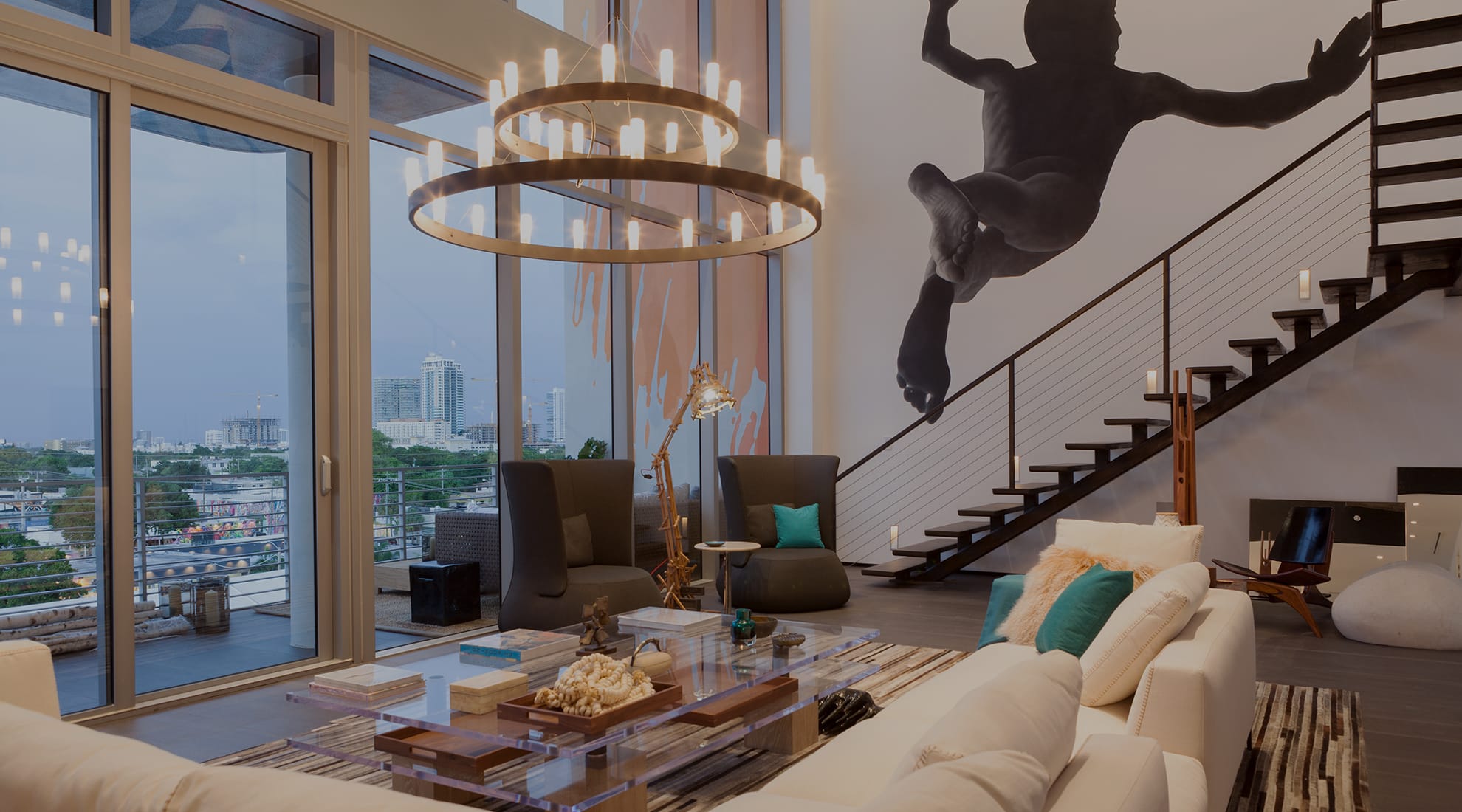 When it comes to designing your home, lighting is an essential element that can make or break the overall look and feel of a room. This is especially true for the living room, which is often the central gathering space for family and friends. The right lighting can create a warm and inviting atmosphere, while the wrong lighting can make the room feel stark and uninviting.
Proper lighting can also enhance the function and usability of the space, making it more comfortable and practical for everyday use.
So how do you go about choosing the right lighting for your living room? Let's explore some tips and tricks to help you make the best decision.
When it comes to designing your home, lighting is an essential element that can make or break the overall look and feel of a room. This is especially true for the living room, which is often the central gathering space for family and friends. The right lighting can create a warm and inviting atmosphere, while the wrong lighting can make the room feel stark and uninviting.
Proper lighting can also enhance the function and usability of the space, making it more comfortable and practical for everyday use.
So how do you go about choosing the right lighting for your living room? Let's explore some tips and tricks to help you make the best decision.
Consider the natural lighting
 Before you even begin to think about artificial lighting, it's important to take into account the natural lighting in your living room.
Maximizing natural light not only saves on energy costs, but it also adds a beautiful natural glow to the room.
Assess the direction and intensity of the sunlight in your living room and use that to determine the placement of your furniture and lighting fixtures. If you have large windows that let in a lot of natural light, you may not need as much artificial lighting in the room.
Before you even begin to think about artificial lighting, it's important to take into account the natural lighting in your living room.
Maximizing natural light not only saves on energy costs, but it also adds a beautiful natural glow to the room.
Assess the direction and intensity of the sunlight in your living room and use that to determine the placement of your furniture and lighting fixtures. If you have large windows that let in a lot of natural light, you may not need as much artificial lighting in the room.
Choose a mix of lighting sources
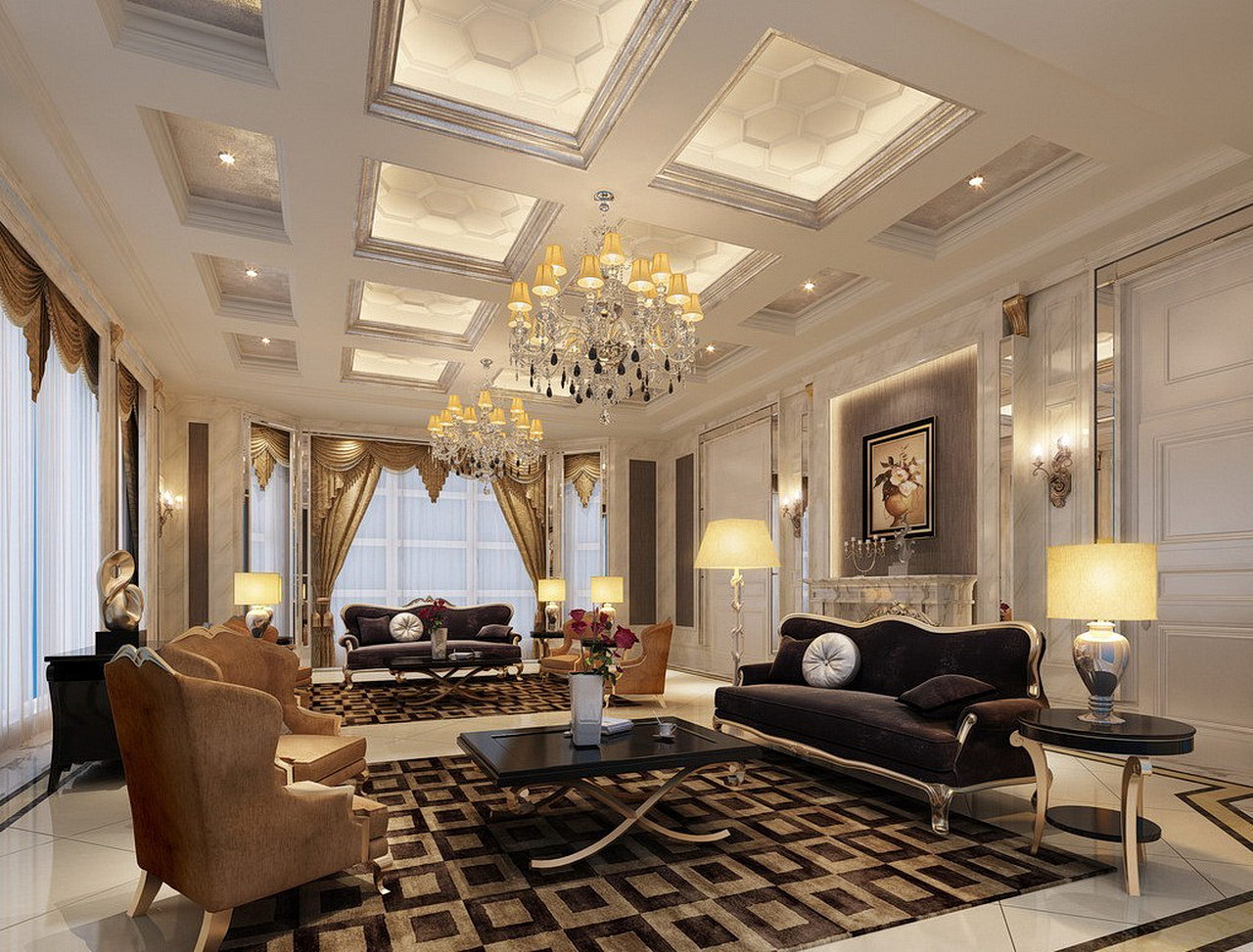 In order to achieve a well-lit and balanced living room, it's important to have a mix of different lighting sources. This can include overhead lighting, task lighting, and ambient lighting.
Overhead lighting, such as recessed lighting or a chandelier, provides general lighting for the entire room.
Task lighting, like a floor lamp or table lamp, is used for specific activities like reading or working on a laptop. Ambient lighting, such as wall sconces or candles, adds a warm and cozy feel to the room. A combination of these lighting sources will provide both functionality and aesthetic appeal to your living room.
In order to achieve a well-lit and balanced living room, it's important to have a mix of different lighting sources. This can include overhead lighting, task lighting, and ambient lighting.
Overhead lighting, such as recessed lighting or a chandelier, provides general lighting for the entire room.
Task lighting, like a floor lamp or table lamp, is used for specific activities like reading or working on a laptop. Ambient lighting, such as wall sconces or candles, adds a warm and cozy feel to the room. A combination of these lighting sources will provide both functionality and aesthetic appeal to your living room.
Consider the size and layout of your living room
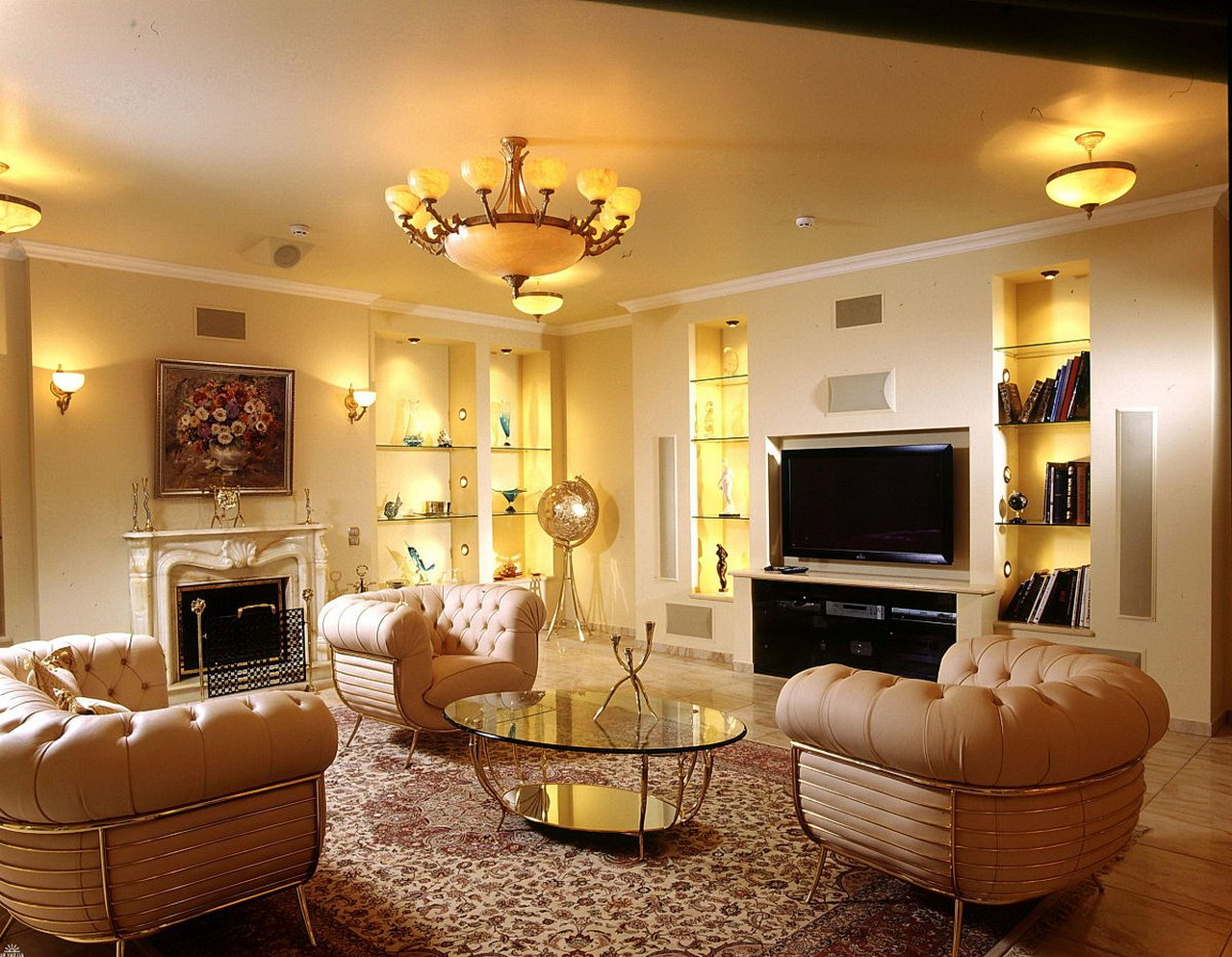 The size and layout of your living room should also be taken into consideration when choosing lighting.
If you have a smaller living room, you may want to opt for smaller, more discreet lighting fixtures to avoid overwhelming the space.
On the other hand, if you have a larger living room, you can incorporate bigger, statement lighting pieces to add drama and interest to the room. Additionally, the layout of your living room will determine the placement of your lighting fixtures. For example, if you have a seating area, you may want to place a floor lamp next to a sofa for reading, while a pendant light above a dining table will provide ample lighting for meal times.
In conclusion, lighting is a crucial element in house design, especially when it comes to the living room.
By considering natural lighting, using a mix of lighting sources, and taking into account the size and layout of your living room, you can create a beautifully lit space that is both functional and inviting.
So don't underestimate the power of lighting when it comes to designing your dream living room.
The size and layout of your living room should also be taken into consideration when choosing lighting.
If you have a smaller living room, you may want to opt for smaller, more discreet lighting fixtures to avoid overwhelming the space.
On the other hand, if you have a larger living room, you can incorporate bigger, statement lighting pieces to add drama and interest to the room. Additionally, the layout of your living room will determine the placement of your lighting fixtures. For example, if you have a seating area, you may want to place a floor lamp next to a sofa for reading, while a pendant light above a dining table will provide ample lighting for meal times.
In conclusion, lighting is a crucial element in house design, especially when it comes to the living room.
By considering natural lighting, using a mix of lighting sources, and taking into account the size and layout of your living room, you can create a beautifully lit space that is both functional and inviting.
So don't underestimate the power of lighting when it comes to designing your dream living room.




/GettyImages-9261821821-5c69c1b7c9e77c0001675a49.jpg)









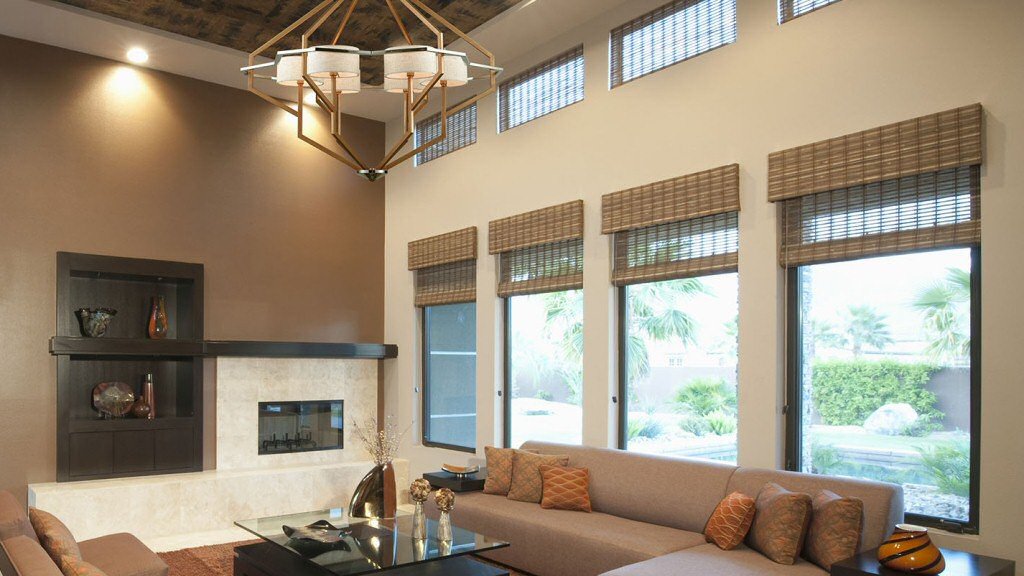
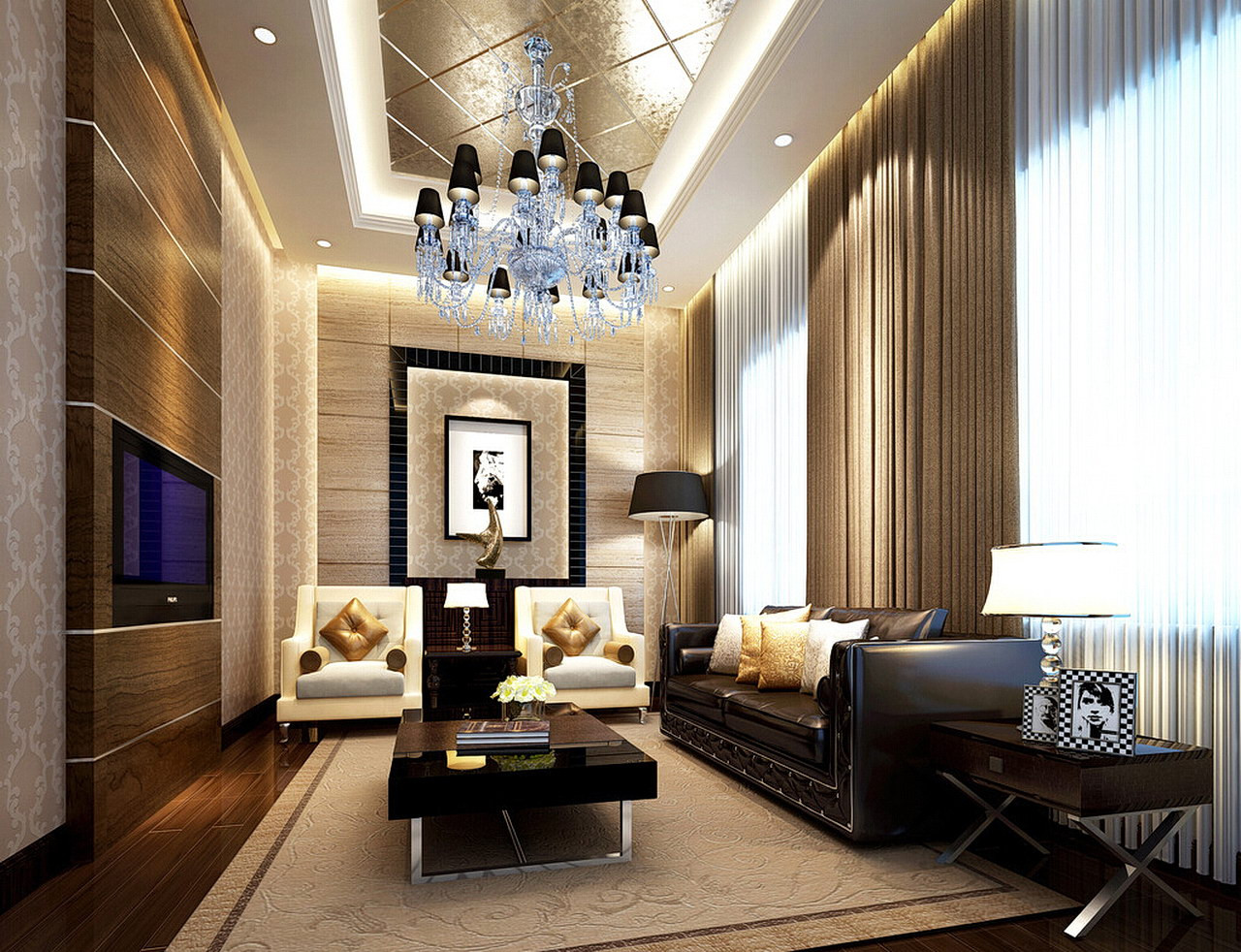
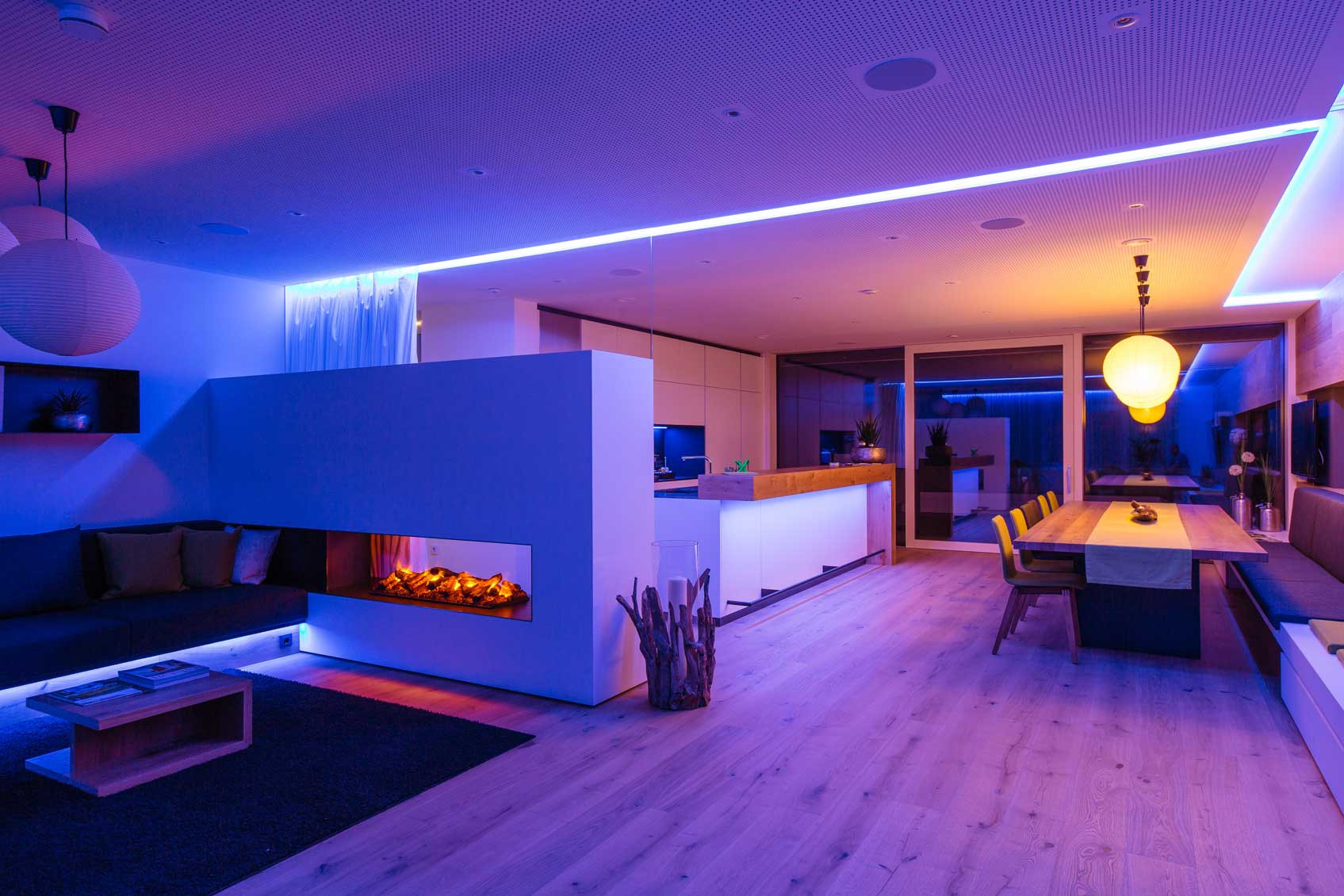
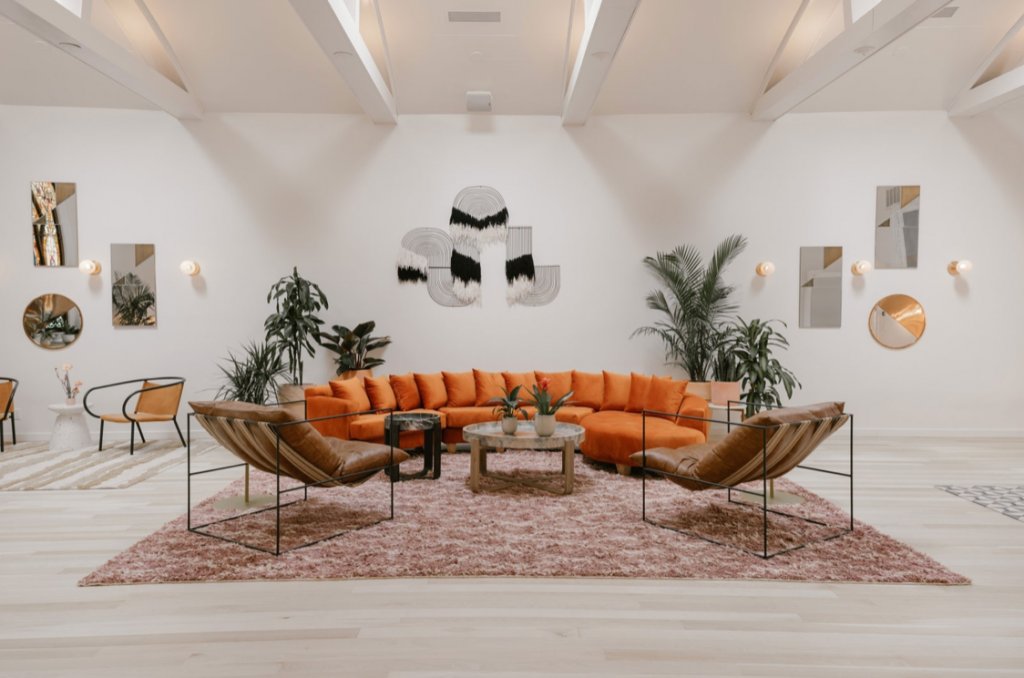
/living-room-lighting-ideas-4134256-01-2f070b6071444f1197ad5ca56d9e6678.jpg)



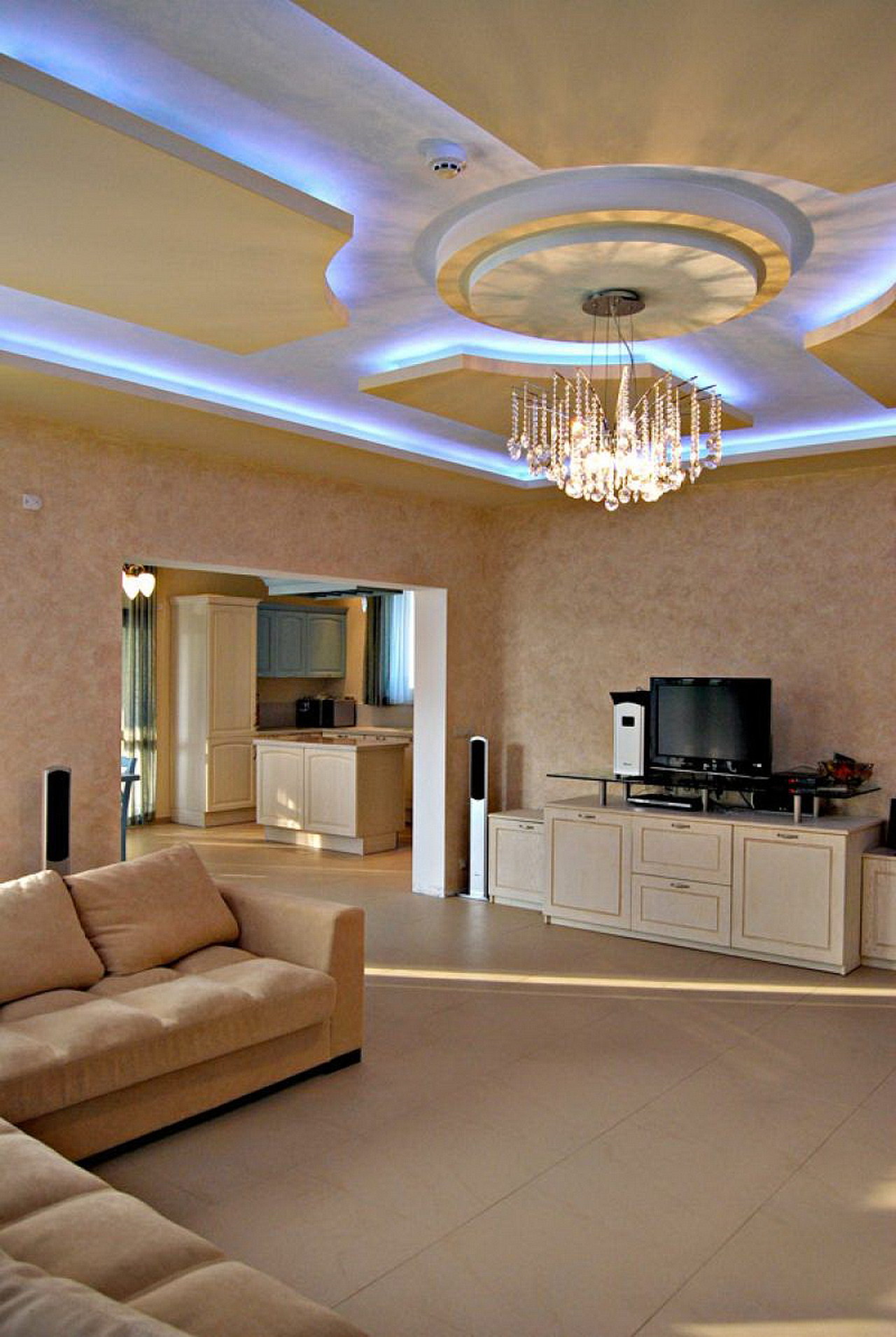
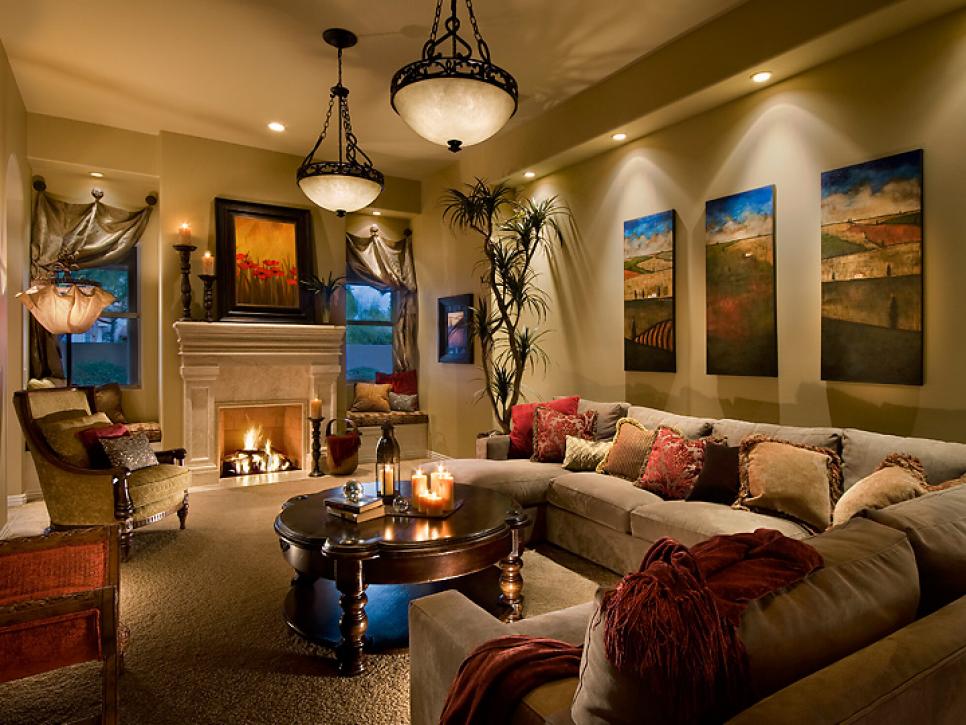





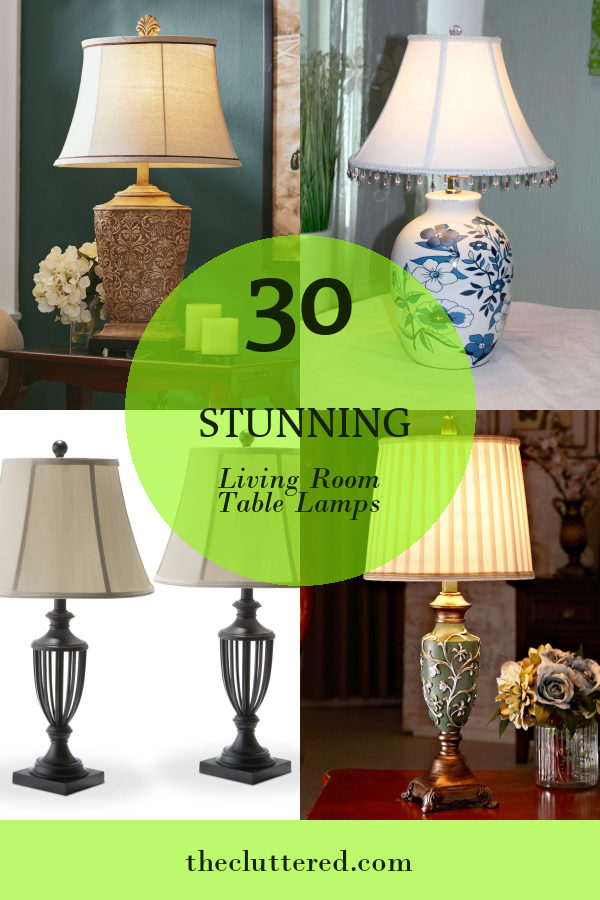
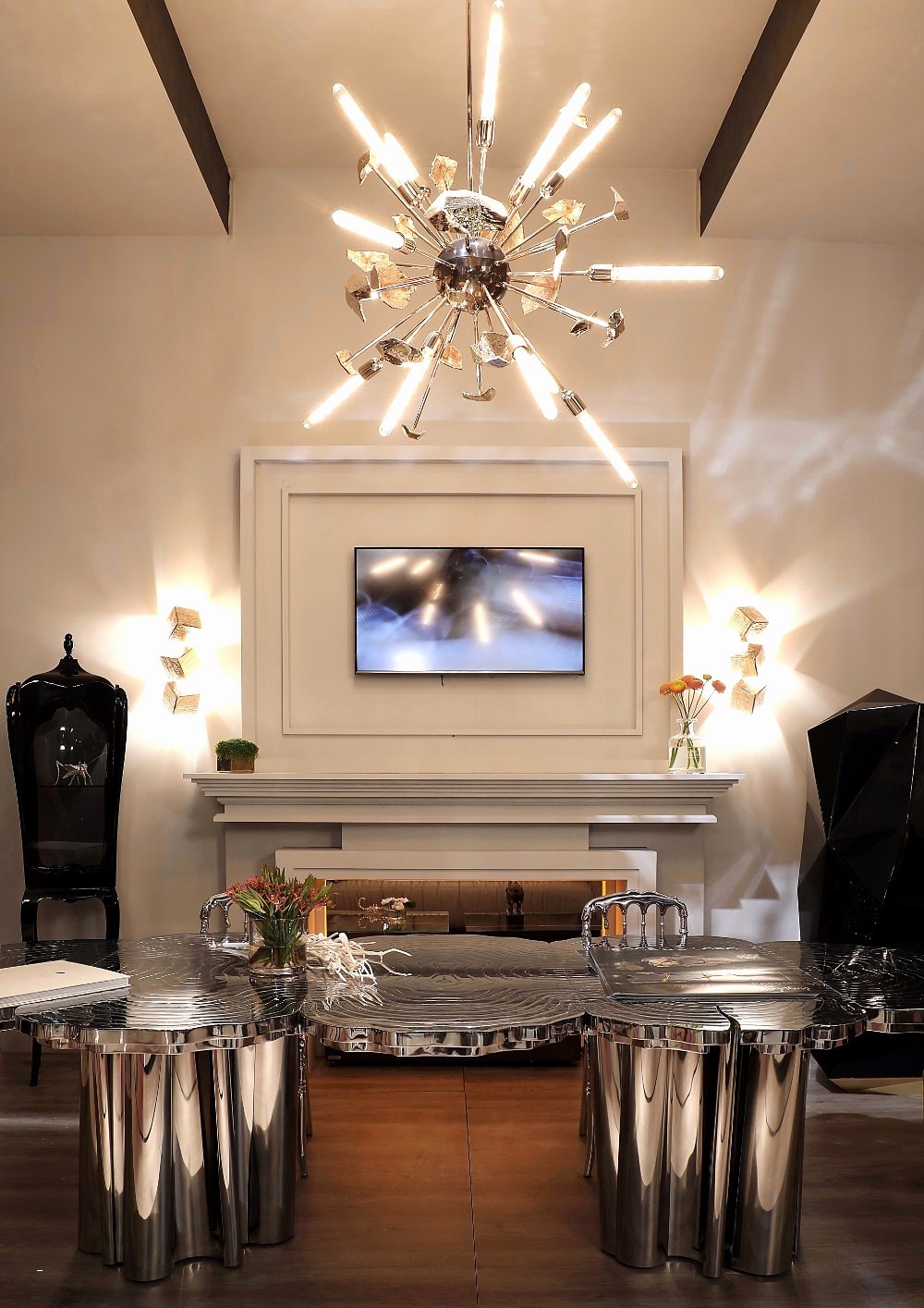

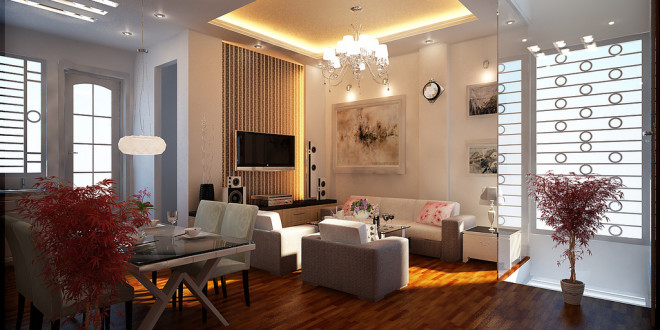
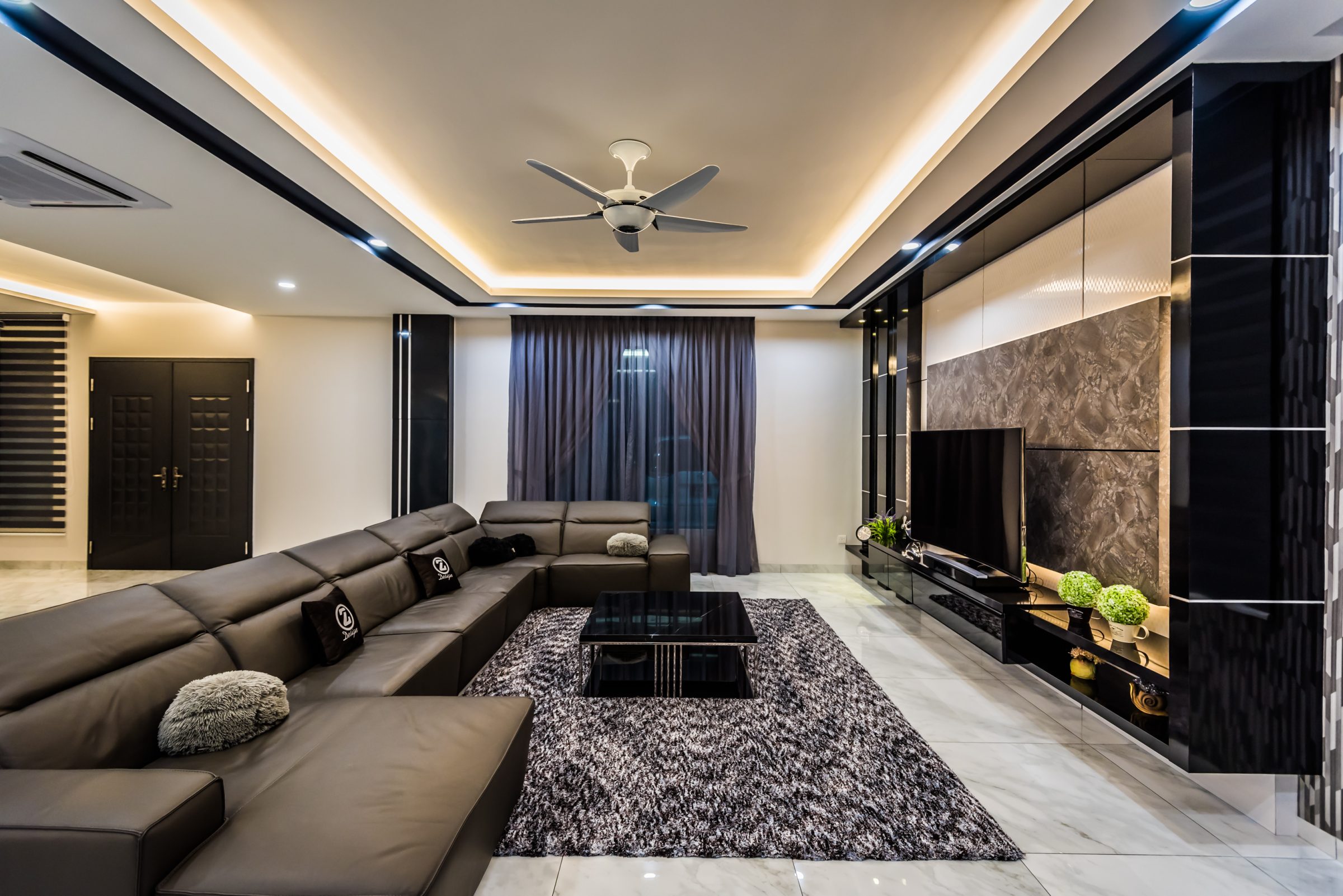



:max_bytes(150000):strip_icc()/Chuck-Schmidt-Getty-Images-56a5ae785f9b58b7d0ddfaf8.jpg)
/beginners-guide-decorating-living-rooms-2213483-01-dc1147fbe923412da3fe215f7583e66a.jpg)
:max_bytes(150000):strip_icc()/GettyImages-667507168-78f5ecf7e90a451daca834328e247a90.jpg)
